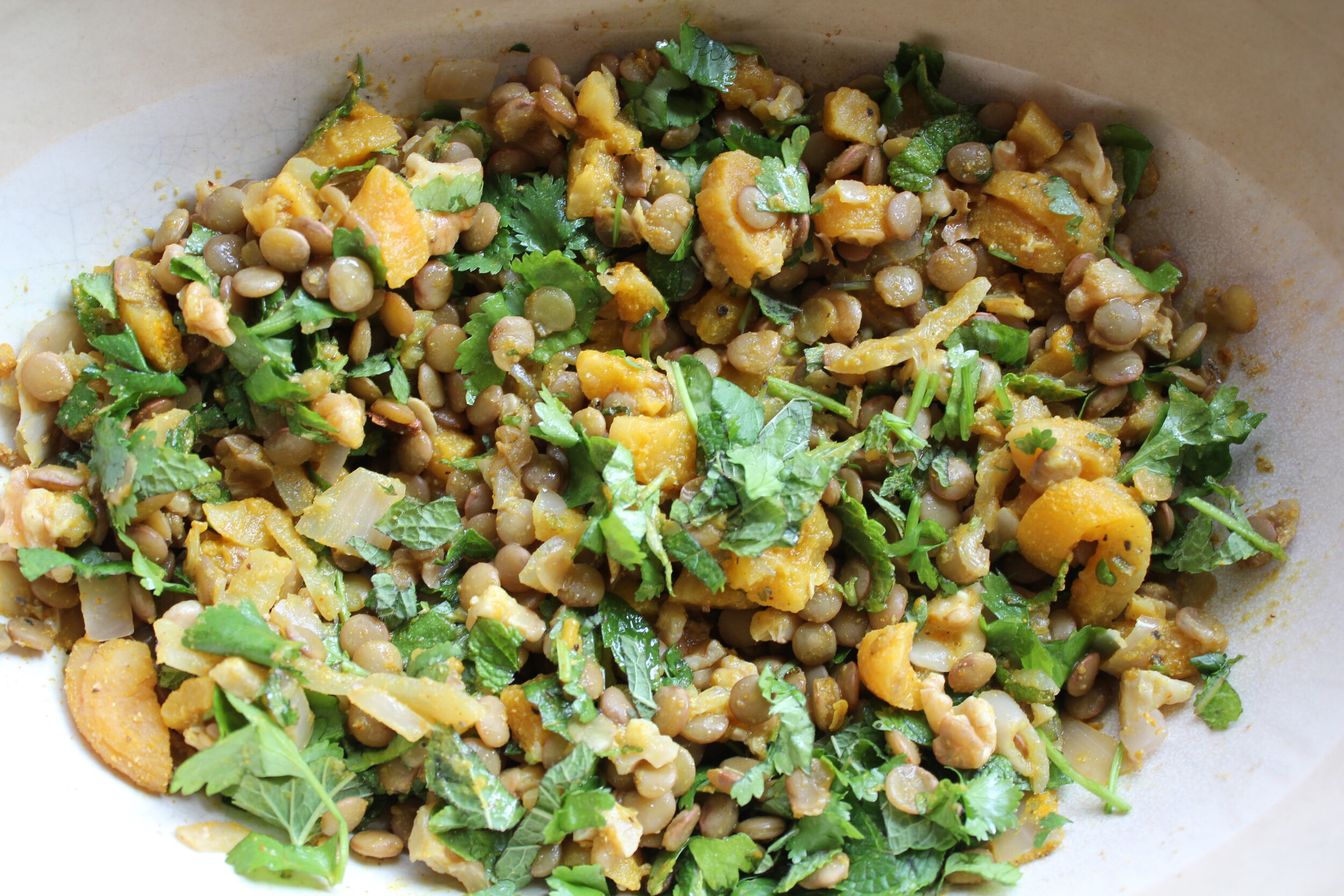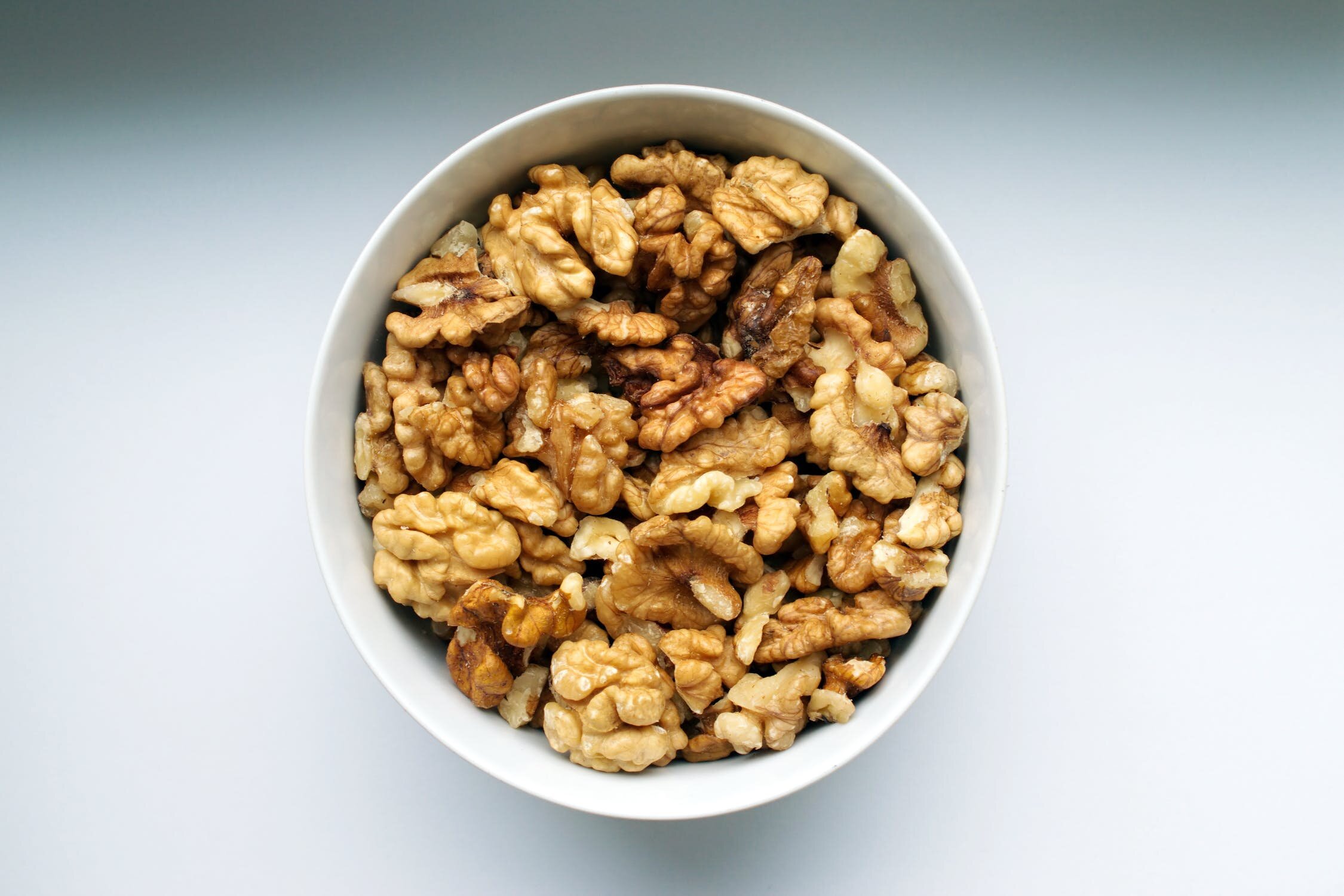Green Beans in a yogurt and tomato sauce
This recipe comes from Frances Der Haroutunian. Until his untimely death in 1987, Frances helped her husband Arto not only with his restaurants but with the production of his many cookbooks, testing recipes and typing up the manuscripts.
Their son, Raffi Der Haroutunian, also enjoys cooking but now runs a gallery that specialises in contemporary ceramics and fine art ( blackmoregallery.com) in Cheshire . We are grateful to Frances for sharing this delicious dish with us.
Kharapaki lobi is an Armenian speciality from the Caucasus. It can be served as an hors d'oeuvre, part of a buffet or as a side salad accompanying roast or barbecued meat. It actually also makes a delicious hot or cold dish without the yogurt.
Directions
1. Half fill a saucepan with salted water, bring to boil and add beans
2. Simmer for 8-10 minutes or until beans are just tender
3. Drain and set aside
4. Heat the oil in a large pan, add the onion and pepper and cook, stirring frequently until soft.
5 Add the tomatoes and basil and cook for a further 5 minutes
6. Stir in the beans, cook for a few more minutes.
7. Season to taste with the salt and black pepper
8. Set aside to cool
9. Mix the yogurt with the garlic (if using) and stir through the vegetables
10. Serve warm or cold
Ingredients
450g green beans, fresh or frozen, trimmed and halved.
2 tablespoons oil
1 onion, thinly sliced
1 pepper, thinly sliced
3 tomatoes, blanched, peeled, deseeded and coarsely chopped
1.5 teaspoons dried basil
salt and black pepper to taste
300g plain yogurt
1 clove garlic, crushed (optional)









